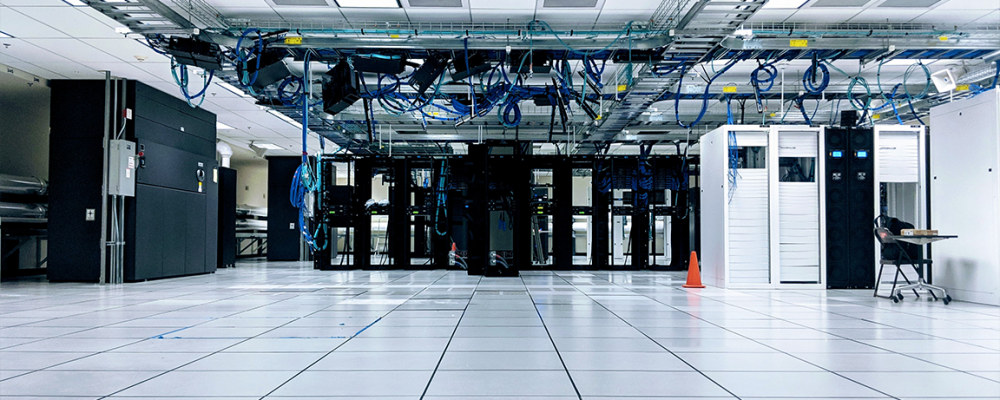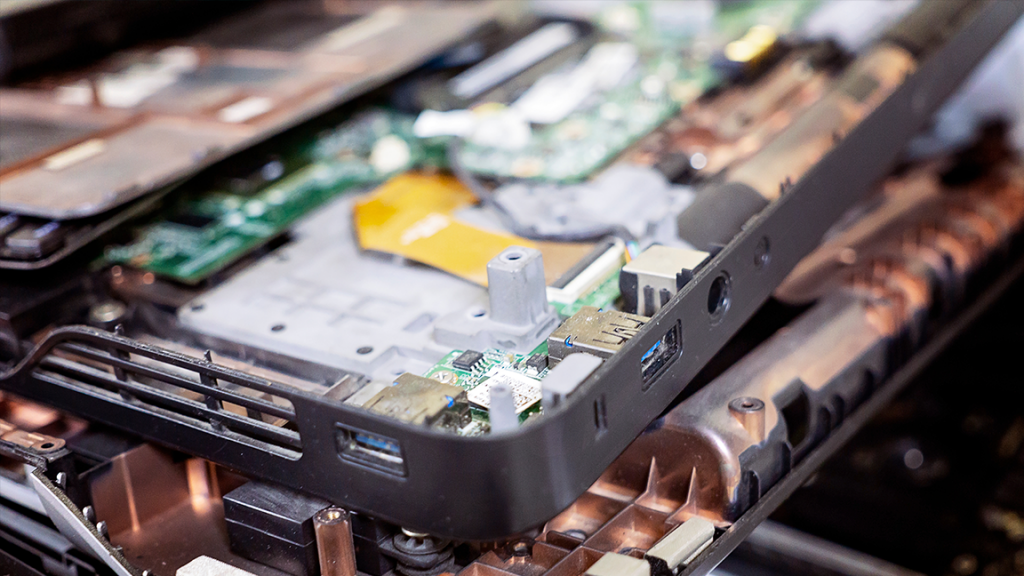According to CBRE, the U.S. office market will see a lower equilibrium in office utilization rates in 2023 and beyond, as companies continue to shed underutilized office space in response to hybrid work arrangements. In addition, a rapid increase in cloud computing is lowering demand for enterprise IT suite real estate. Technology refreshes and edge computing is also driving decommission of the on-premise setup in favor of a more scalable, cost-effective, and distributed IT infrastructure set up. This means for many companies, the existing infrastructure needs to be decommissioned.
While it may seem simple to tear out IT equipment and destroy them, decommissioning a facility and accompanying IT assets is a complex and extremely detailed exercise and there are many opportunities for costly and and even legal complications.
This article will discuss some of the key elements when planning for the decommissioning of a facility, such as reviewing lease agreements, accounting for assets, choosing an ITAD service partner wisely and examining potential risks. More than just providing steps to properly execute closure operations, this article aims to argue why planning ahead is key to ensure a smoother process with fewer costly surprises.
Step 1 – Develop a Sound IT Infrastructure Plan Before You Decide to Decommission
As businesses move to new facilities and/or the cloud, it is important to develop a sound IT infrastructure strategy before you decommission. This is because when you decommission, you are likely to face complex IT interdependencies and the process can get complicated and costly in terms of downtime if not handled properly.
A properly planned IT infrastructure strategy will help ensure that you can move data between different environments with minimal disruption. It is essential to plan ahead in order to ensure that your organization’s business processes are not negatively impacted by any changes in the IT infrastructure.
At this point, you should also conduct a thorough and detailed inventory of assets, to include device name, IP address, vendor name, model number, as well as processor, memory and storage details. This information is critical to replace or replicate the systems elsewhere during a migration process. You should also list upstream and downstream system interdependencies in your inventory documentation to avoid downtime and critical failures.
Step 2 – Ensure Compliance & Manage Risks while Decommissioning
Once the systems being decommissioned have been powered off, you need to think about compliant disposition of your assets. The main issue that comes up when disposing of the assets in a facility is related to the proper, safe and environmentally friendly disposition of IT assets, including proper disposition of possibly highly sensitive and protected data. There are many opportunities for personally identifiable information (PII) to get leaked during a decommission, creating serious consequences. Knowing where your data lives is a critical part of decommissioning, so you can avoid data breach situations which can create costly and long-term consequences.
Software licensing is another important element of compliance and risk management. Failure to review software licensing before decommissioning can lead to costly penalties, fines and even litigation from software vendors. It is therefore crucial that IT teams are aware of their current software licenses and ensure that they are properly reviewed before decommissioning their data center or server.
Effective decommission also provides an opportunity to resell, recycle, and dispose of IT assets in an environmentally friendly way. A well thought decommission strategy can also maximize the asset value recovery from decommissioned IT assets that need to be removed from the facility.
Step 3 – Carefully Choose your ITAD
Decommissioning IT equipment is a complex task that requires a great deal of expertise and resources. If done incorrectly, it can lead to expensive mistakes and data breaches. Building an effective team and adopting a systematic approach to decommissioning is critical to a successful outcome. Very often, decommissioning a data center or server can be a daunting task for IT teams. Internal IT teams may not be best suited to carrying out a complex decommissioning project and there may be significant opportunity costs associated with diverting tight internal resources to a complex and lengthy decommissioning process. In such situations, having a reputable IT Asset Disposition (ITAD) company on your team is essential for ensuring the highest level of security for your data assets.
A reputable ITAD company will provide you with certified data destruction services that are compliant with industry standards. They will also provide insurance coverage so that if anything goes wrong with the decommissioning process, you are covered financially. Moreover, they can provide comprehensive advice on best practices and strategies to ensure that all the equipment is decommissioned in an effective manner.
By leveraging the expertise of an ITAD company, you can be sure that your team’s decommissioning process is conducted in a secure and systematic manner.
Step 4 – Closely Review Your Leases
Decommissioning an office facility can be a complex process, as there can be many issues to consider when it comes to the removal of IT equipment and hardware. It is important to look closely at your existing lease agreement for your office space as well as lease on your hardware and other IT assets before you proceed with the process, as this will help ensure that you are compliant with any terms and conditions set out in the agreement.
It’s also important to make sure that you understand any financial implications associated with decommissioning your office space and associated assets. Not only do you have to account for costs associated with relocating equipment and hardware, but there may also be associated fees for breaking the lease early. Therefore, it is important to review your lease thoroughly before taking any action.
Step 5 – Prepare Your Migration
Once you have successfully decommissioned your current real estate and associated IT infrastructure setup, the next step is to plan your migration in a process driven and methodical manner. Ask yourself how you plan to migrate – do you require a forklift upgrade, can you migrate over the wire, or will you conduct a mirror upgrade? Each has its own pros and cons, and an expert partner will be able to guide you through the best approach depending on your business goals.
If migrating to the cloud, perform a proper evaluation of the cloud service provider in terms of financial viability, redundancies and fault tolerance, data access, need to re-architect for cloud compatibility, scalability and efficiency, exit options etc.
In most cases, it is best to work with a trusted cloud migration partner with experience completing similar migration projects. A partner with deep cloud migration experience can provide a secure and fully managed migration where they can help identify opportunities for cost optimization, improved security, automation, and other performance improvements. They can also deliver backup and disaster recovery for a hassle free migration. An experienced partner will also develop a planned approach to migration, to include the order and prioritization of actions.
Decommission Like a Pro
Decommissioning an office space with IT assets is a complex process that requires careful planning and execution. It is important to have a process-driven approach to ensure compliance with applicable laws and regulations and manage the risks associated with the disposal of IT assets. By working with a decommission expert and following a process-driven approach, organizations can make sure that their decommissioning efforts are efficient, compliant, and secure.




